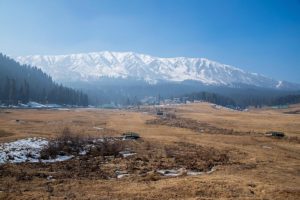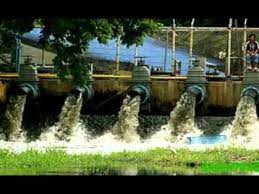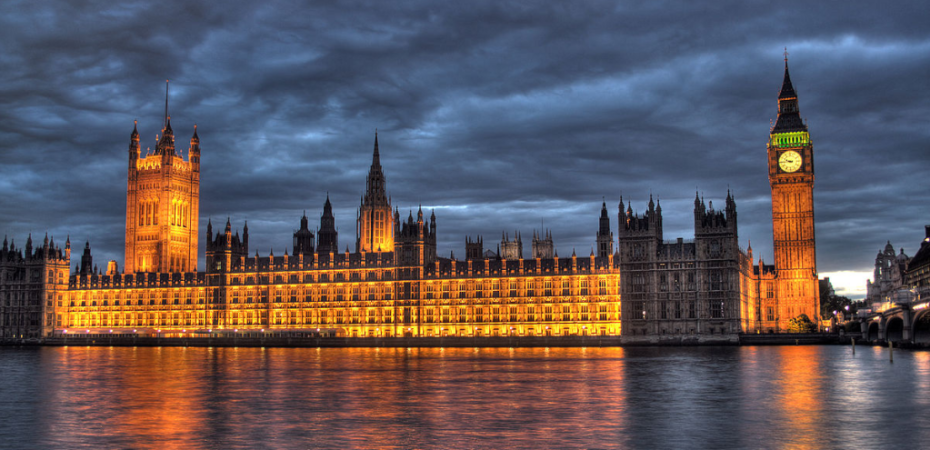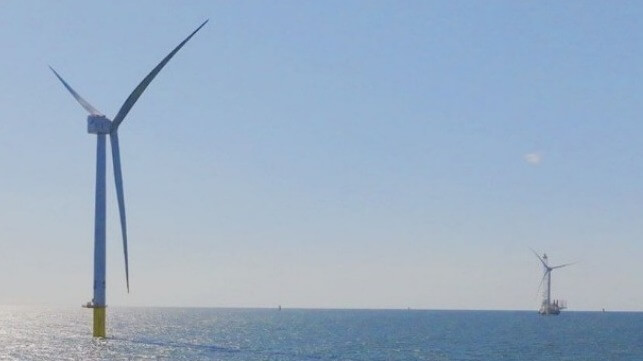As the latest avalanche shows, long dry spells and higher temperatures are making the Himalayan region of Kashmir far more disaster-prone

A helicopter carries the body of a Russian skier who was killed when an avalanche hit the Gulmarg ski resort in Kashmir, temporarily trapping several skiers under debris
Auqib Javeed
February 23, 2024
At around 1:30 PM on February 22, 2024, Showkat Ahmad Rather, a ski guide in the picturesque Gulmarg resort in Kashmir received a call from the local administration that an avalanche had hit the Khilanmarg area of Gulmarg known as ‘Army Ridge’.
On snowmobiles, Rather and his colleagues rushed to the spot. The avalanche had trapped a group of six Russian skiers along with their local guide. All but one were rescued safely, but one Russian skier perished.
The avalanche in Gulmarg struck during the fourth edition of the Khelo India Winter Games, where 800 participants were participating in a range of events, including snowboarding, alpine skiing and Nordic skiing. The authorities made a public statement that the avalanche happened far from the area where the winter games were taking place and all other players were safe.
A day before, the Defence Geoinformation Research Establishment (DGRE) based in Chandigarh, that operates under the Ministry of Defence, had issued an avalanche warning for many hilly areas of Jammu & Kashmir, including Gulmarg. A Gulmarg public official, speaking on the condition of anonymity, told The Third Pole that the skiers had disregarded the warnings not to go skiing in ‘backcountry’, far from the ‘green zone’ cleared for the games. One of the people investigating the incident has blamed the skiers for setting off the avalanche.
A prolonged dry spell
This year there was limited snowfall in early winter, much to the disappointment of holidaymakers and tour operators. The Kashmir valley endured a prolonged dry spell. It was only on 28 January, 2024 that Gulmarg was finally blanketed by its first major snowfall, breaking a two-month dry spell. January 2024 was one of the driest and warmest Januarys recorded in the past 43 years, according to the meteorological department.

Scientists say worse to come as Himalayan snow ceases
Avalanches occur when a layer of snow collapses and slides downhill. Such events are more likely during periods of elevated temperatures, which hinder the accumulation of snow.
Irfan Rashid, assistant professor at the Department of Geoinformatics, at the University of Kashmir, highlights the significant “heat in the system” due to the prolonged dry spell in the valley. He notes that temperatures were above normal during these months and the accumulated heat was not able to dissipate.
“The late snowfall was watery (snow-water equivalent) and it began melting rapidly,” he explains, adding “When the water content in the snow is high, it will resist settling down – thus increasing the risk of avalanches.”
The climate change connection
The Third Pole has previously reported that senior Indian scientists like M Rajeevan had linked the long dry spell with climate change and its impact on the western disturbances – which carry precipitation from the Mediterranean. Sonam Lotus, the India Meteorological Department (IMD) meteorologist, had said that Kashmir had seen dry winters before, but the temperatures were far higher than earlier.
This changing pattern has significant impact for Kashmir, specifically for avalanches, according to Shakil Ahmad Romshoo, the Vice Chancellor of the Islamic University of Science and Technology in Kashmir. Speaking to The Third Pole, he explained that February and March have seen unusually warm temperatures in the region over the last decade.
Romshoo said that during these months, when snowfall occurs, the risk of avalanches increases, explaining that the high temperatures lead to “melting [which] reduces the friction and that is why we see significant avalanches in [these] months. This is directly related to an increase in temperature which is the result of climate change.”
According to Ramshoo, snowfall during the Chillai-Kalan (the name given to Kashmir’s 40-day period of intense cold, where temperatures drop as low as -10˚C) is crucial to the region. The sub-zero temperatures reduce the likelihood of avalanches, but he stresses that there is a need for a comprehensive study to better understand the behaviour of avalanches in the valley.

The skier killed in this week’s avalanche is taken to Sub District Hospital Tangmarg, near Gulmarg (Image: Sajad Hameed)
Avalanches across Kashmir
The latest avalanche comes just weeks after a previous one in Gulmarg had led to the death of two Polish skiers and resulted in the rescue of 21 others on February 1, 2024. Another avalanche had struck Sonamarg, another popular tourist destination in Central Kashmir, two weeks earlier. Footage of the avalanche, which hit the vicinity of a workshop for the Zojila tunnel construction was captured on camera. Additionally, on 20 February, another minor avalanche occurred near the Hung area of Sonamarg, obstructing the Sindh stream and leading to the closure of the Sonamarg-Ladakh road.
Avalanches are not new to Kashmir, which have historically resulted in significant casualties, particularly among Indian and Pakistani military personnel stationed in avalanche-prone areas along the borders.
In November 2019, four Indian army soldiers and two porters were killed after an avalanche struck the Siachen glacier in the Karakoram Range.
In February 2010, 17 Indian soldiers were killed and dozens injured after a massive avalanche ploughed into an Indian army training centre in Gulmarg.
The latest climate science suggests that such disasters are likely to get much worse. The Himalayan Assessment report carried out by the International Centre of Integrated Mountain Development (ICIMOD) in 2019 had warned that climate change was significantly affecting the cryosphere – or the areas of snow and ice – in the Himalayan region. Of particular concern was its impact on the Indus basin, in which the Kashmir valley lies. The report noted that the Indus basin saw the most casualties from natural disasters between 1980-2015 in the Himalayan region.

Auqib Javeed is an independent journalist based in Jammu and Kashmir who reports on climate change, water, deforestation and mining. His articles have been published by The Third Pole, Mongabay and Down to Earth, and he tweets @AuqibJaveed










